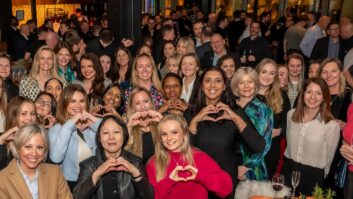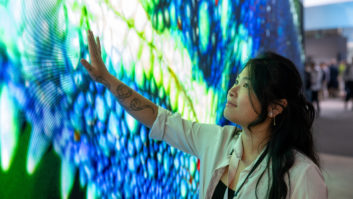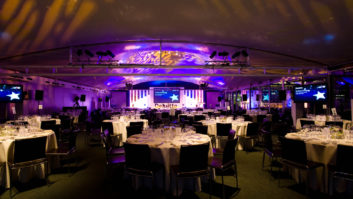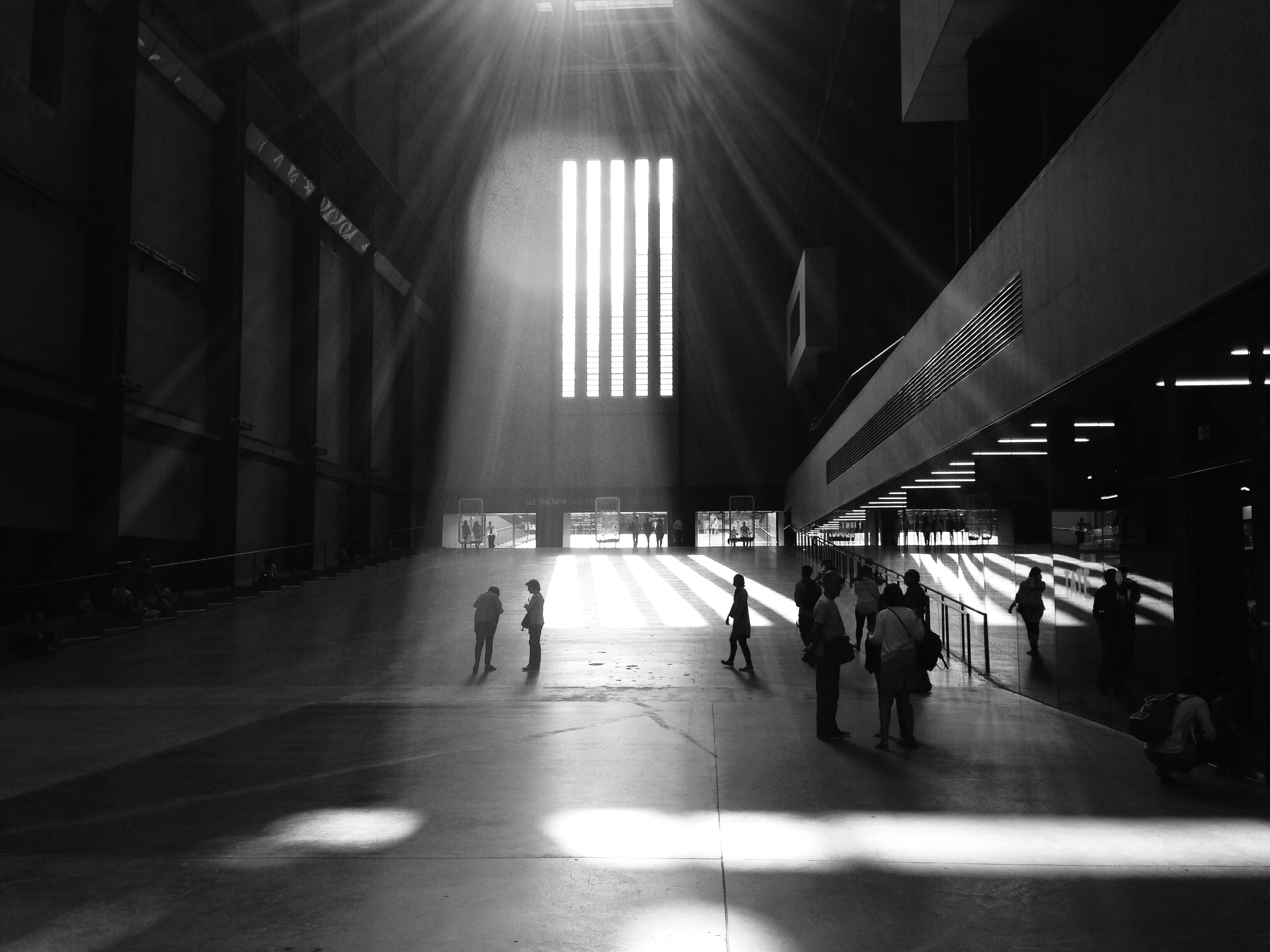
Housed in an old power station along the river Thames, The Tate Modern is one of the world’s most popular venues. AVTE finds out how AV brings the building to life ( its far from simply hanging a picture and opening the curtains)
With close to six million visitors each year, London’s Tate Modern is one of the most visited art galleries on the planet.
Part of the Tate Group, which includes Tate Britain (also London), Tate St Ives and Tate Liverpool (eight million visitors collectively), the Tate Modern is home to some of the worlds most important and valuable collections of modern art, post 1900.
Picasso, Warhol, Dali to name but a few celebrities of the artistic world, who’s work has hung proudly inside the former power station, which first opened its doors at the turn of the millennium.
With ten floors, AV plays a crucial role in not only the visitors’ experience, but in the preservation and care to the many “priceless” pieces of art it guards.
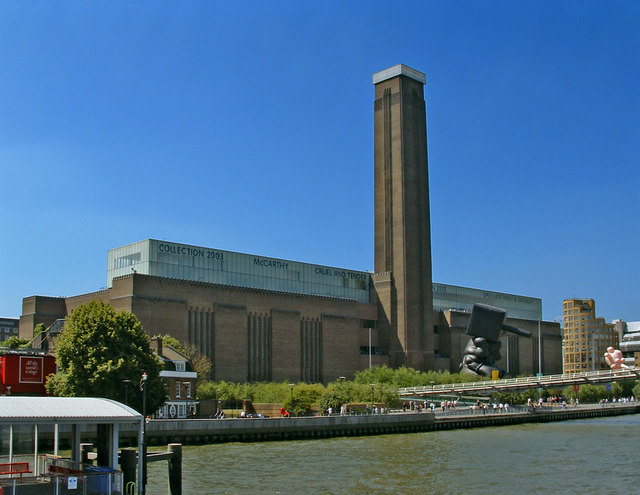
Dan Crompton has been the audio visual service Manager for Tate since 2007 and has responsibilities across all four of its national footprints – the biggest (in terms of size) being the Tate Modern. He works alongside colleagues in the Information Systems, Tate Digital and Collection Care departments to help deliver support for a wide range of Audio Visual displays and events.
More than a gallery
With a career in AV dating back to 1981 (36 years), and a passion for the arts (he’s also a musician) he has built up a wealth of experience – experience required for such a vast array of requirements the Tate demands on a daily basis.
“We’re not just an art gallery in what might once have been considered in the traditional sense,” Crompton explained, as we sat down in the venue’s Starr Cinema control room.
I started in AV when I left school in 1981, but I feel like I’ve still only scratched the surface
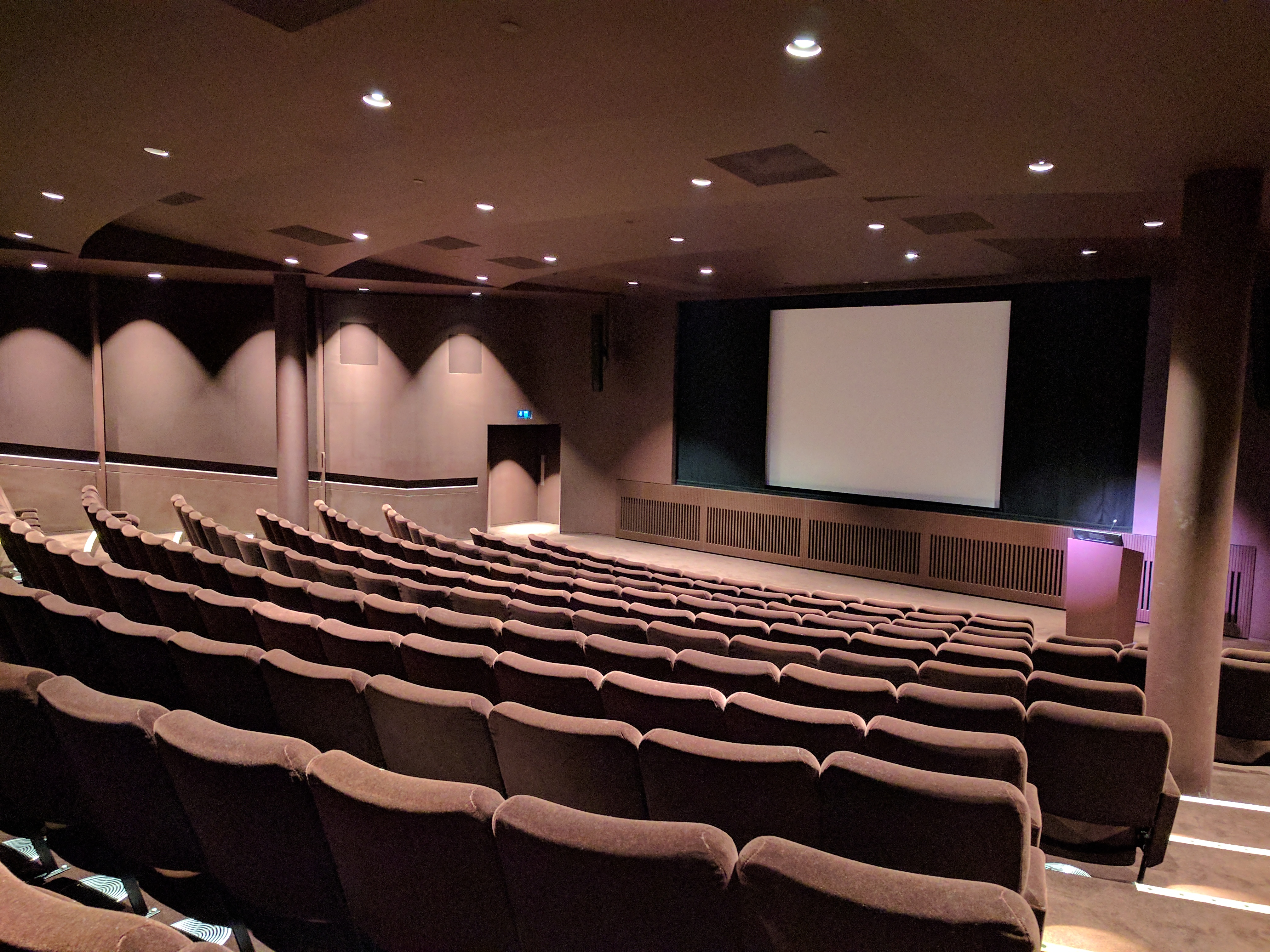
“I started in AV when I left school in 1981, but I feel like I’ve still only scratched the surface. Those two letters (AV) are the shortest acronym I know, for the widest possible range of things you have to do. There are many individuals who don’t perceive the complexity and intricacy on what it might take to achieve good results.”
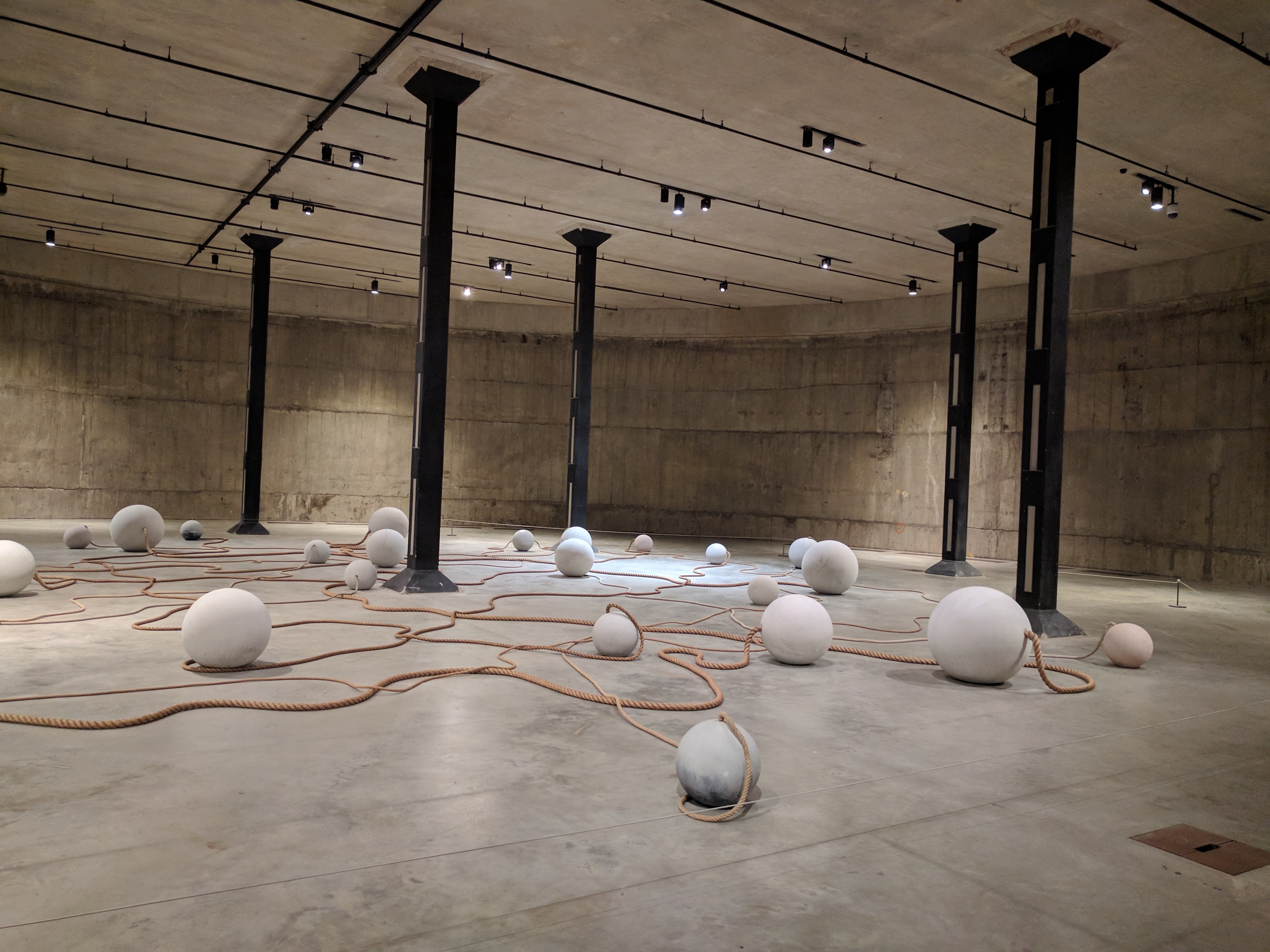
He’s not wrong. As already noted by Dan, and witnessed during our walk to the Starr Cinema, there is a lot more to the Tate than simply displaying pieces of art on the walls. Concerts, talks, performance art and exhibitions are just some of the daily activities taking place – all falling within Dan and his team’s remit.
“There is always something to do here,” he said smiling. “It’s vital we get everything right and we’re always meeting peoples expectations.”
Magic
His take on “meeting expectations” is an interesting one. For Dan does not view AV as a secondary component into achieving a desired result. He explained that AV should always be viewed in the context of the overall immersive experience – something which can apply in any situation; be it a conference room, in the cinema, watching a concert, listening to a talk or viewing a piece of art.
It’s vital we get everything right and we’re always meeting peoples expectations
“I perceive AV as a form of magic,” said Dan. “If you’re in the audience watching a magic trick, all you see is the wonderment. You don’t see how it’s done, because that takes you out of the moment. In art, you don’t perceive the fantastic hammer and chisel work of the sculpture and you don’t usually perceive the brushwork of a painting. The same goes for AV. If the audience sees the AV technician or the AV system, it’s probably because they’re distracted. That usually means something has gone wrong or isn’t quite right.
He continued: “Sometimes if an artist or someone hosting an event is looking for a wow factor, that’s where AV can play a part. Yes, the message is important, and the technology enables that.”
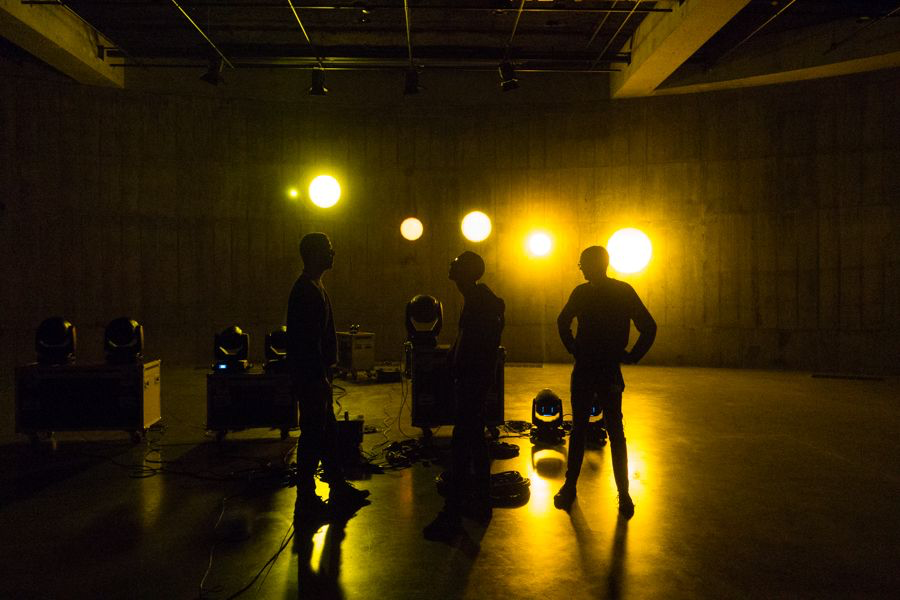
A recent exhibition from Wolfgang Tillmans (pictured above) used multiple moving lights with multiple performers, complex audio and varied projection works. The technology was intense and the experience was intense. The essence of his message was tied up in the technology.”
You can’t beat experience
Given the age of the Tate Modern, built in the mid-1900s, achieving the desired result is not always easy. With high concrete ceilings, largely hollow movable wooden walls and a mix of wooden and stone concrete flooring, audio quality can be problematic.
This is where experience is vital, explained Dan, stating not all problems can be solved with a “fancy bit of technology.”
Discussing a recent Tate ‘After Hours’ event, he noted that a very high level of reverberance was an issue during the set-up process – an issue they had under an hour to resolve.
The solution isn’t always about the technology and there isn’t always a tech fix
The resolution in this instance saw the audio loudspeakers moved from the side of the stage, to the back of the room facing towards it instead. This, explained Dan, allowed for extra distance between the speakers and the microphone.
“The solution isn’t always about the technology and there isn’t always a tech fix,” said Dan.
“Yes, there will be certain technical things you need to get right, but the reality is it’s actually more about the skills and the expertise of the technicians.”
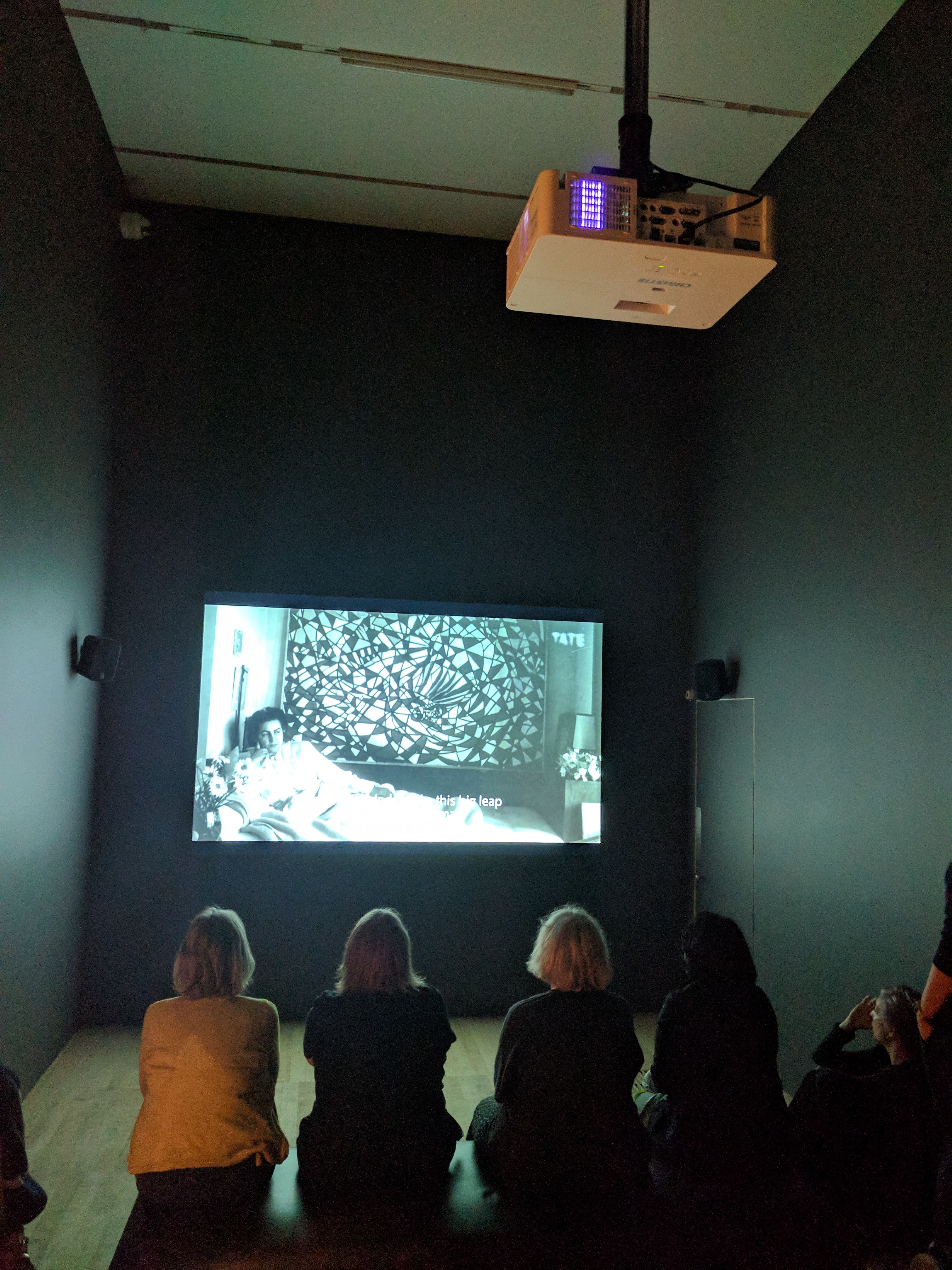
Experience is also a crucial factor in choosing and purchasing equipment. Dan is quick to praise his employers and Tate’s “incredibly generous” partners and sponsors – but admits any expense must be carefully considered first.
“I think we achieve amazing things on very modest budgets,” he said. “Acquiring artwork is not cheap. We are a museum, but we are also the holder of the nation’s collection of British art since 1500 and international contemporary art since 1900. That’s a formal role we play, we are meant to represent the nation. Clearly the appropriate money needs to be spent in the appropriate places to achieve that objective.”
As with all museums in London, Tate is providing a public service, paid for through (as mentioned) sponsorships, grants and the taxpayer. There is no admission fee at the door, although some exhibitions are chargeable unless you hold an annual Tate membership.
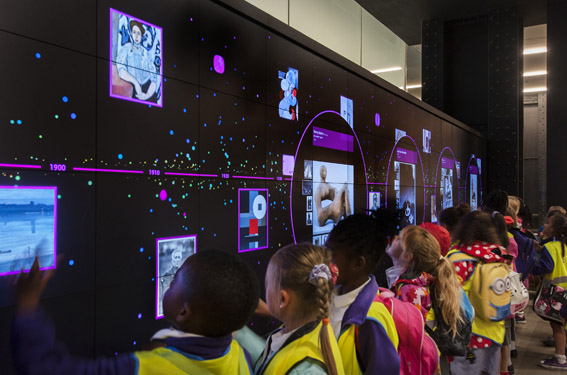
No compromise on quality
But the quality is never jeopardised insists Dan, claiming the best equipment for the job, does not always have to be the most expensive. In fact, he says without the appropriate experience and knowledge, simply choosing the most costly or newest release of something, could in fact be detrimental.
“In many situations, you might be using less expensive technologies to do the job. For me, it’s all about how you use them and how you apply them in order to achieve that magic trick.
In many situations, you might be using less expensive technologies to do the job
“The quality is generally perceived on a scale of poor to good. The reality is there is a wide range of qualities within. So in AV terms it’s about what it your trying to do. Yes, everything needs to be of good quality, but not everything necessarily needs to be amazing quality. You might need a projector to work well in high-ambient light, or reproduce motion correctly. Many projectors don’t have an emphasis on good quality fast moving video because they’re designed more for something like a PowerPoint presentation.
“The projector in the Starr Cinema is top-level state of the art, so the picture is as good as it can possibly be. The screen we use is perfect for that, but you could go out and find one that’s five times the price. It all comes back to having that knowledge and experience.”
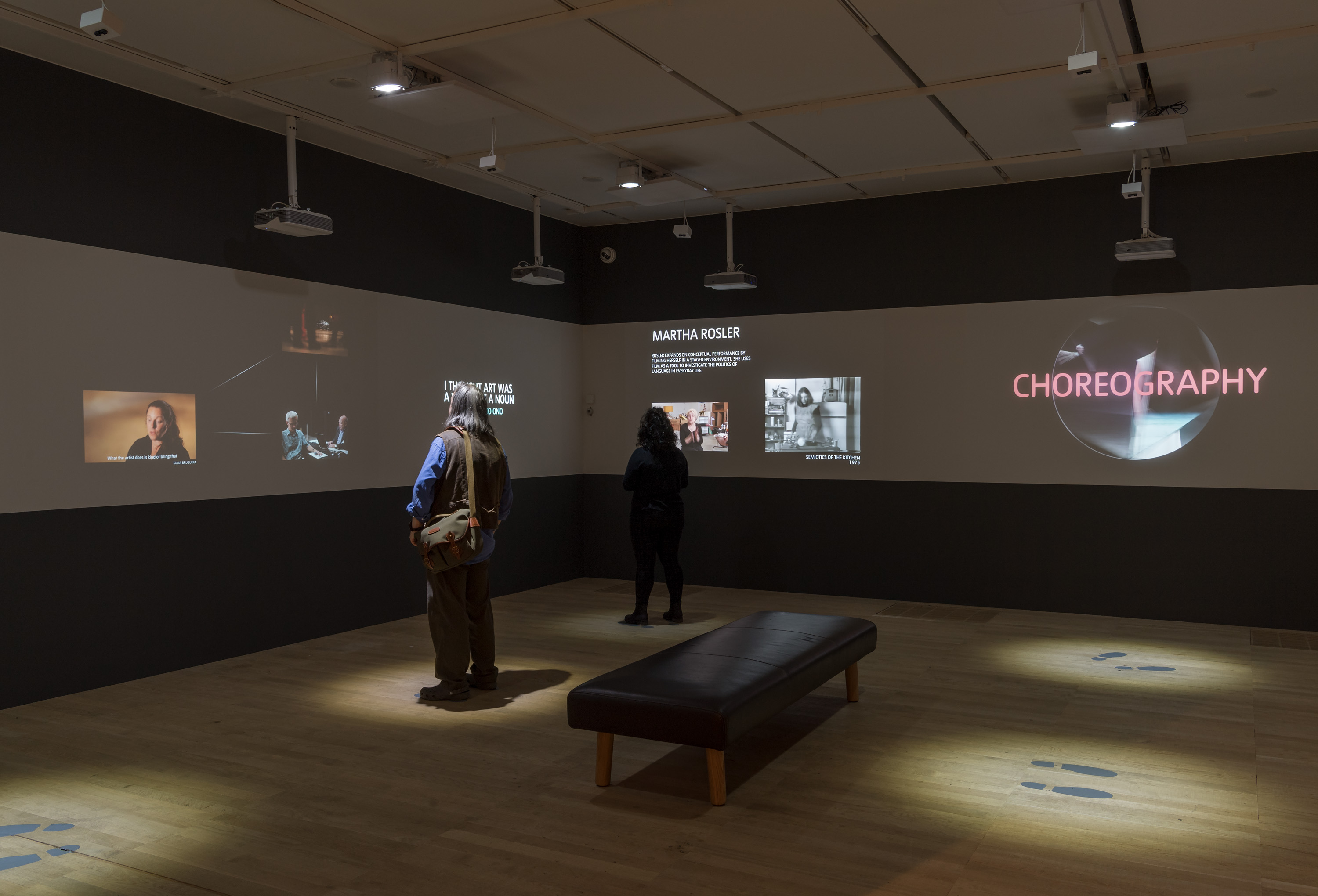
Lighting
Lighting is also a vital component to achieving that “immersive” experience for visitors at Tate. However, this is not as simple as it might sound – with a host of do’s and don’ts often unique to a gallery environment to contend with.
As anyone who has ever put a child’s drawn picture or photograph on the fridge will know, that light, particularly sunlight, causes things to fade.
But there’s also another problem. With light, be it natural or artificial, there also comes heat – another natural enemy of the art world.
Artworks, particularly anything drawn on paper, paintings and sculptures are sensitive to lights
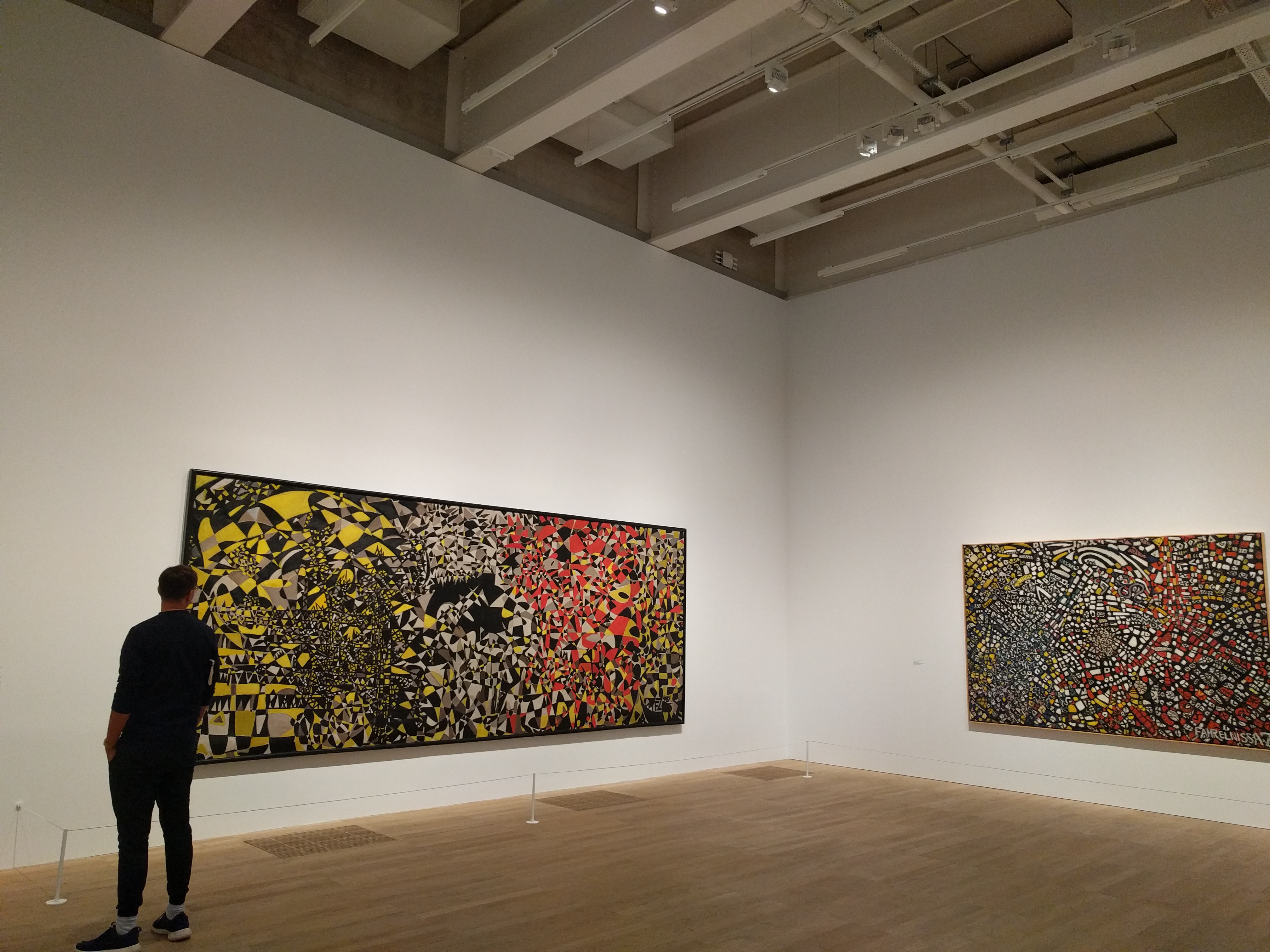
For the Tate, these are problems which cannot be underestimated or ignored and considerable investment has been made to provide a round the clock solution across all sites – both public facing areas and storage.
“Artworks, particularly anything drawn on paper, paintings and sculptures are sensitive to lights,” Dan explained. “The thing with an art gallery is, many artworks will want to be presented in daylight, whilst many will want to prevent daylight getting to them. It can be quite a challenge for the curators.”
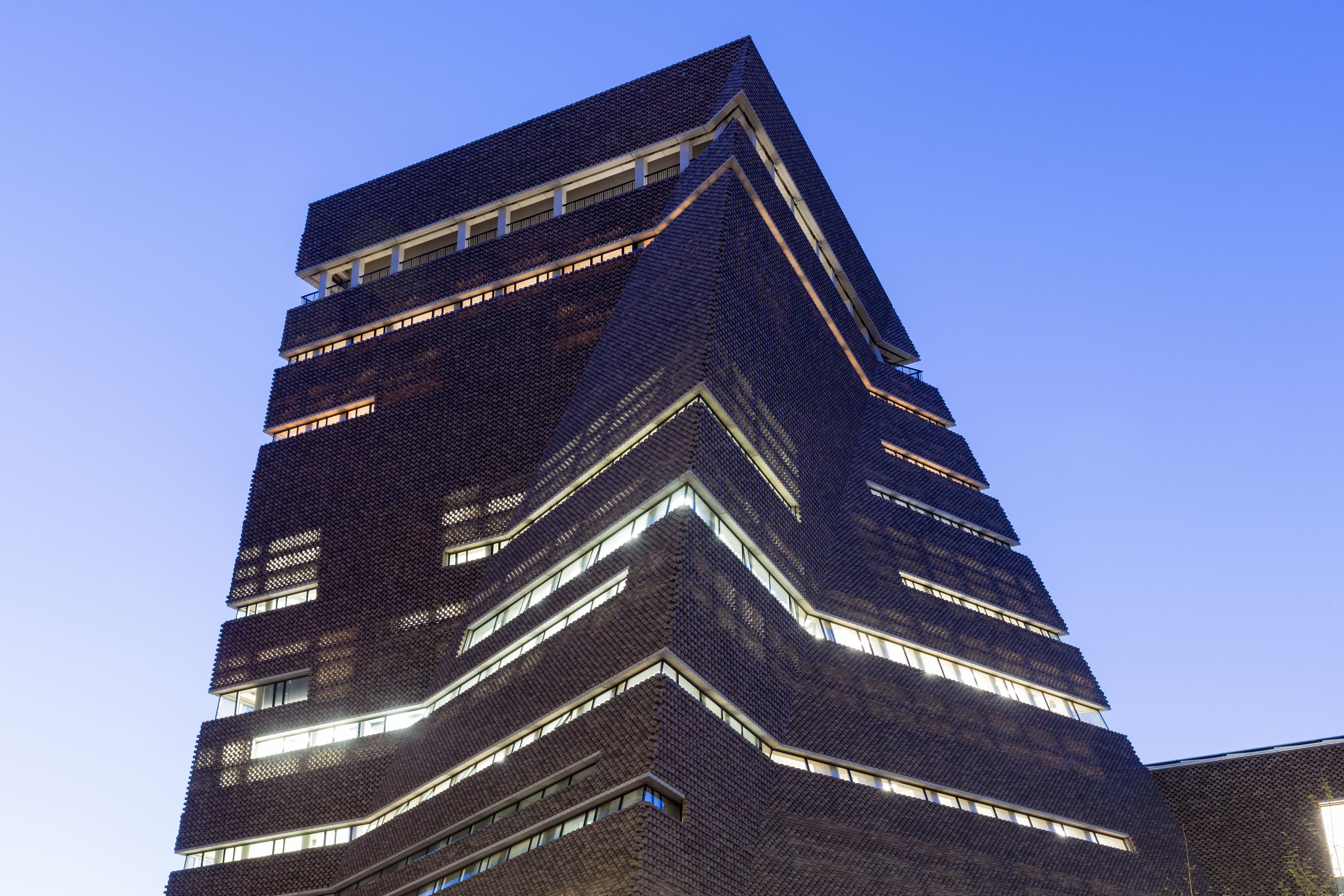
Internet of Things (IoT)
Part of the solution sees many of the rooms in the Tate Modern “environmentally controlled”. But this isn’t a simple case of switching on the air conditioning or manually opening some windows as and when it feels either too hot or too cold.
The Tate Modern is a strong advocate of IoT – connected devices – which receive and transmit data. For Tate, these come in the form of sensors dotted around the building that monitor and react to changes in temperature and brightness.
Dan explained the recently opened Blavatnik building (pictured) is “entirely” environmentally controlled, with sensors fitted to windows, which automatically open and close when certain environmental conditions are reached. Lighting will also automatically adjust should a room become too bright, too dark or when occupancy dictates a need.
“When you’re in the privileged position to build an entirely new building you can address some of the historical challenges as part of the planning – rather than as an add on.”
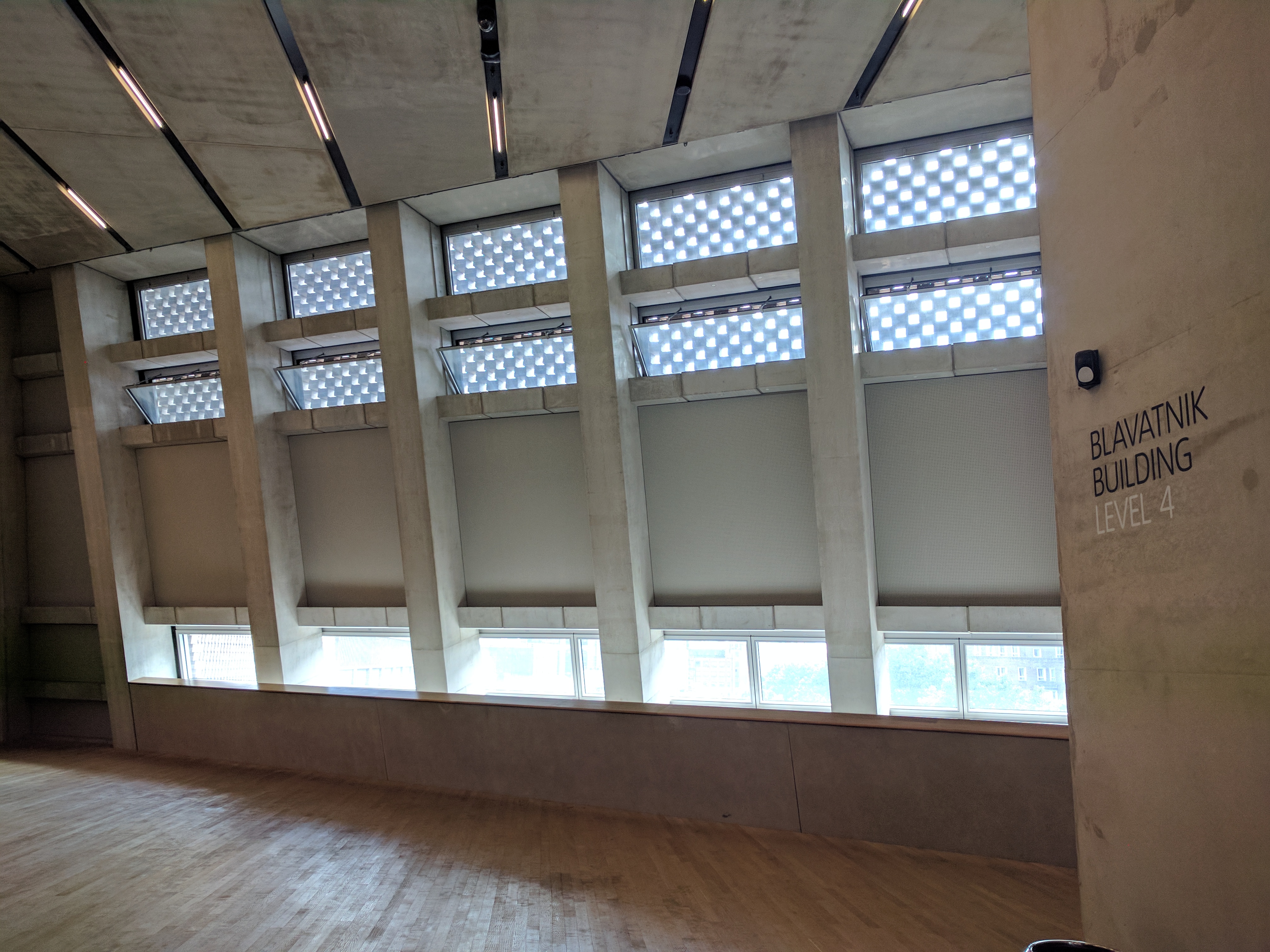
Overcoming obstacles
Each exhibit is different and requires its own set-up. Dan highlighted how the Tate recently exhibited a prestigious collection of very sensitive artworks. The requirements for this were extremely precise, with works reacting strongly to light, humidity and temperature – hot and cold.
The exhibit, like many, required a “buffer zone” controlling the airflow into the room. This is to prevent air entering the gallery from the exhibit entrance, and avoid risk of moisture. Again, this is controlled using sensors.
The technology alerted us to a problem we may not have spotted otherwise
Dan explained recently the sensors for this exhibition had developed a fault – which could have been damaging. However, the sensors immediately fed back the information to staff, alerting them to the issue – ensuring things were quickly rectified.
“We use sensors because we are protecting priceless artworks. The technology alerted us to a problem we may not have spotted otherwise.”
IT
Dan also explained how the advancements in technology, particularly around IT and AV over IP, have allowed for greater efficiency when managing situations where a fault may have occurred.
Walking through the Tate, there are many examples of connected displays providing entertainment and information for visitors. Some of these may be standalone, whilst others for a part of a carefully synced exhibit, which if not functioning correctly, would spoil the experience.
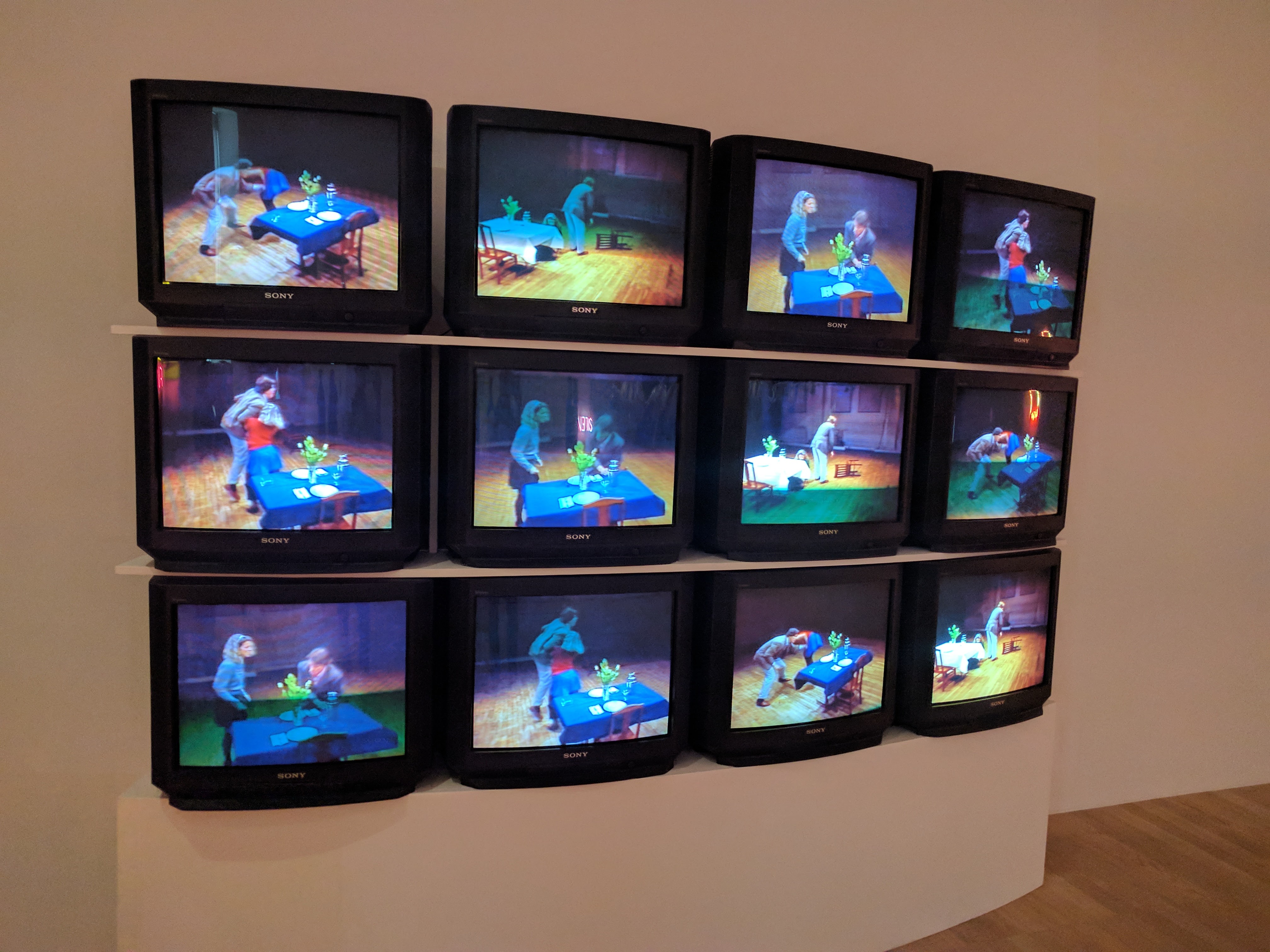
Historically, this is something which could have left exhibits (or parts of) out of action for a longer than desired period of time due to availability and location of a technician.
However, faults can often now be fixed remotely – in the same way you might have your computer fixed by an IT department. Dan noted that one of his colleagues is often able to resolve issues on a smartphone, from anywhere.
“He can log in on his phone or computer, identify the problem and depending what it is, may be able to fix and resolve it there and then. It might be rebooting the machine or something more complex.
“I’m absolutely a huge advocate of the IT world. I think it’s amazing in what it does.”
The industry moves very fast and it’s important for me to keep up to date with everything I possibly can
Learning never stops
But Dan, for all his experience, knows it’s important to keep his finger on the pulse at all times with advancements in technology and, he jokes, conducting “mystery shops” on other galleries and museums (recently the Imperial War Museum) to see what they’re doing.
“I’m always learning,” said Dan as we concluded our chat. “The industry moves very fast and it’s important for me to keep up to date with everything I possibly can.
“As mentioned before, AV is the shortest acronym I know, for the broadest range of things you have to do. There is always something new to see and learn. Expectations, be it a customer, an artist, performer or someone being presented to, are always high. It’s crucial those expectations are met.”
Enjoying this content?
Never miss a thing, by signing up to receive your complimentary copy of AV Technology Europe magazine (print or digital edition) and our weekly newsletters.
You can also follow us on Twitter @AVTechnologyEurope or contact our editor Michael Garwood directly via email: [email protected]





